Screen resolution can vary, and this parameter is critical when choosing a good display, for example, when buying a TV or monitor. The TV market is developing very dynamically, thanks to innovative technologies being developed. Currently, the most popular resolutions are HD, Full HD, and 4K. Which one is better to choose?
Screen resolution – what is a pixel
Screen resolution determines the quality of our TV, and the value is indicated in pixels arranged vertically and horizontally, which makes the image appear on the screen.
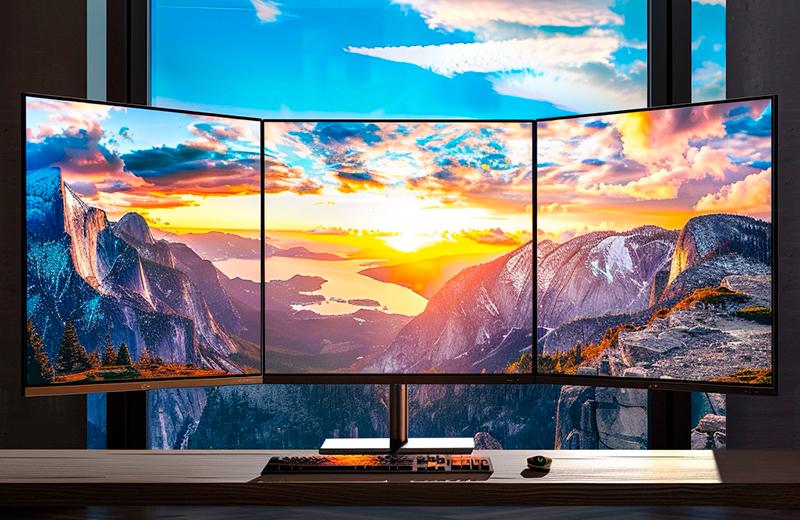
Pixels are the smallest elements that make up video material. It is worth emphasising the main correlation here, namely: the more pixels there are, the more precise and detailed the image will be.
In the digital world, quality plays a vital role. In any case, it is worth having a TV with the best resolution at home to ensure you enjoy watching films and TV series.
Screen resolution types: characteristics and differences
When deciding to buy a TV, it is worth finding out what resolution it has, what type it is, and which one is best suited for your needs. Just then, you'll make an informed choice.
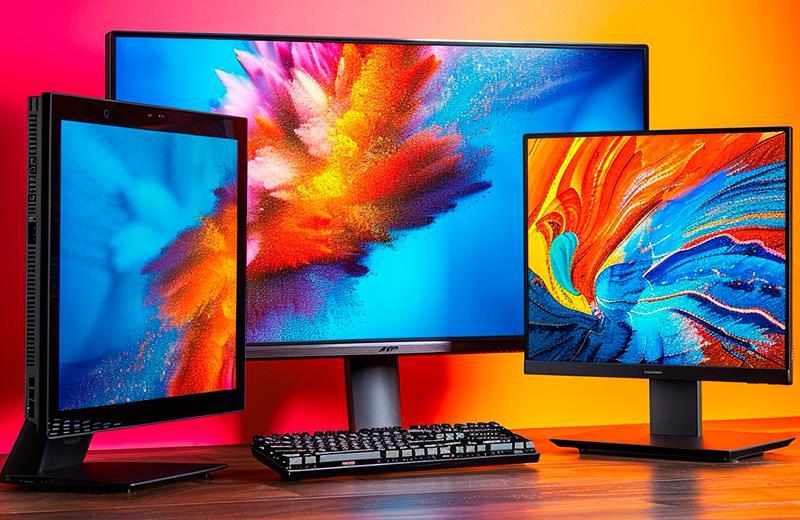
HD resolution
HD (High Definition) means high resolution, when the image is sufficiently clear and distinct.

HD resolution has been widely used for a long time, and its image width cannot be less than 720 pixels horizontally. The smallest accepted HD resolution is 1280×720 pixels. It should be noted that with the development of technology, HD is no longer as impressive as it once was.
HD TVs are now very rare in stores, except for small models, i.e., 24 to 32 inches. Much higher standards now dominate the market, including 4K, which will be described below.
Full HD resolution
Full HD (Full High Definition) offers higher image quality with a resolution of 1920 x 1080 pixels.
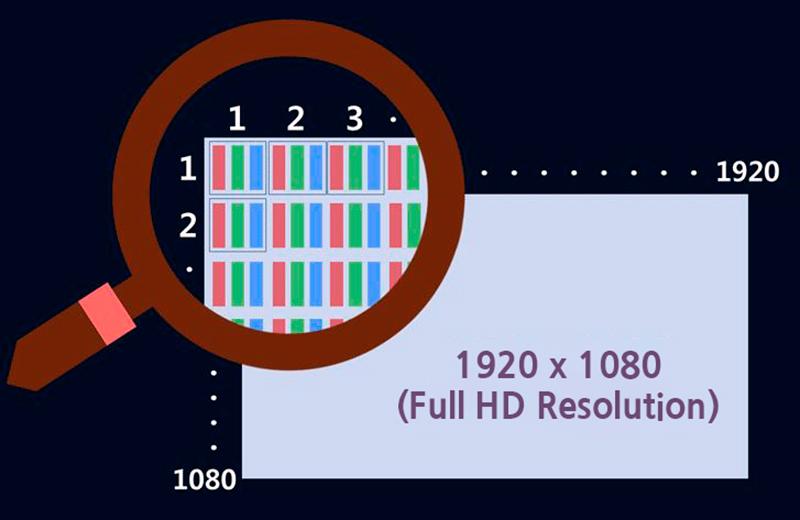
This is currently the lowest standard for most televisions. Digital television programmes and films are broadcast in this standard, which is why Full HD televisions are still popular.
When discussing Full HD, it is also worth noting UHD, a format that surpasses Full HD in resolution, offering several times the detail at 3840×2160 pixels or 4096×3112. The format provides a perfect reproduction of more information, making watching films an absolute pleasure.
There is also 8K UHD resolution, which offers 7680 x 4320 pixels. This standard is currently only just coming onto the market, but it is already known that the diagonal size of such screens will soon be improved to make the most of the pixels offered by this standard.
4K resolution
4K guarantees a resolution of 4096×2160 pixels, and film producers and cinemas have already adopted this standard.
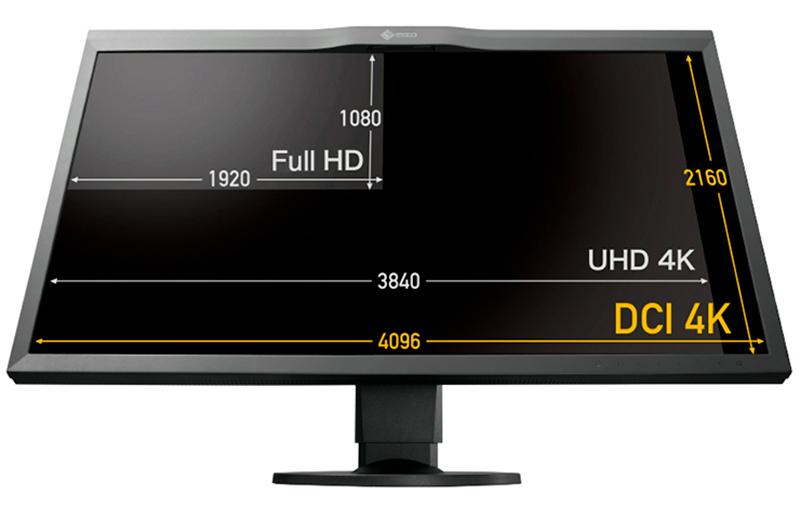
That's why watching films at the cinema is such a phenomenal experience. Today, of course, there are 4K televisions, and since you already know how many pixels there are, you can imagine what a magnificent resolution you will have at your disposal. It is also worth noting that the aspect ratio in this case is 4:3, which is more square than the previously known 16:9. 4K technology also guarantees a different way of recording data. Knowing all these parameters, you are probably wondering what screen resolution to choose. The choice really depends on the purpose for which the screen will be used.
Finally, there are different requirements for equipment used for personal purposes and other requirements for business tasks, especially if it is a tool that helps you earn money.
If you mainly want to browse the internet, watch films and TV series on your TV or computer, Full HD quality will be sufficient. However, if you are passionate about movies and TV series and are impressed by the image quality in cinemas, it is better to buy a device that supports 4K. Only then will you be able to get the highest quality image and enjoy watching films with stunning detail.
What does screen resolution mean? — Comparison
Resolution affects viewing comfort; the higher it is, the less strain it puts on your eyes.
What does screen resolution mean? Comparison
Expressive details make a stunning impression. If you spend many hours in front of a monitor, it is definitely worth choosing the highest possible quality — above 2560×1440 pixels. Also, remember that screen resolution depends on its size, regardless of which display you desire. If you need a large monitor with high resolution, you need to check its DPI.
1080i and 1080p – what's the difference?
It's time to compare 1080i and 1080p
1080p is a high-definition standard that scans the signal line by line every 1/50 of a second to create a progressive image.
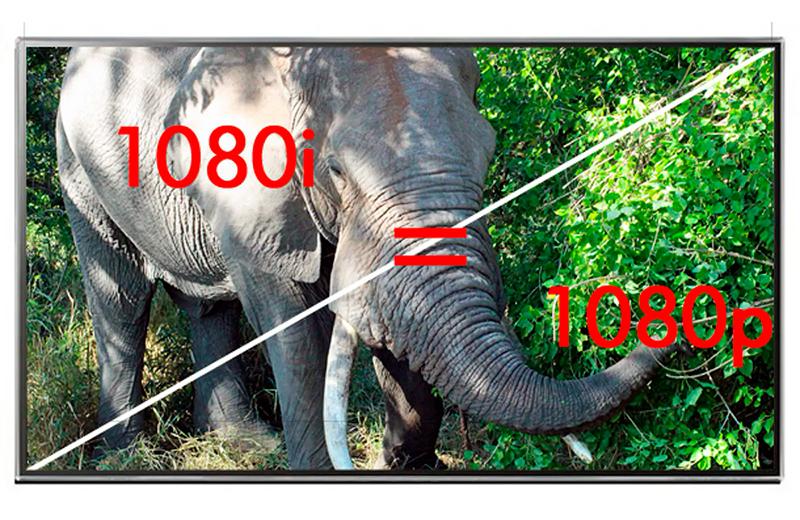
Alternating even and odd lines are not displayed in the recordings, so screen flicker is minimal.
1080i is also a standard for high-definition images with alternating even and odd scan lines, each lasting 1/25 of a second. In this case, they must first create one half-image from the even lines in 1/25 of a second, and then the other half-image from the odd lines in 1/25 of a second. A longer scanning time is required to create a complete image.
So, what should you choose: 1080i or 1080p? It is worth choosing 1080i because it offers a much higher resolution, resulting in a clear and detailed image.
Parameters related to screen resolution
Resolution is one of many parameters to consider when buying a TV. However, other elements also influence whether the screen will meet your expectations.
Screen aspect ratio
This is the ratio of the height to the width of the screen. The most popular aspect ratios currently are 4:3, 16:10, 16:9, and 25:9. The 16:9 aspect ratio is best for watching films and working, while the 25:9 aspect ratio is best for gaming.
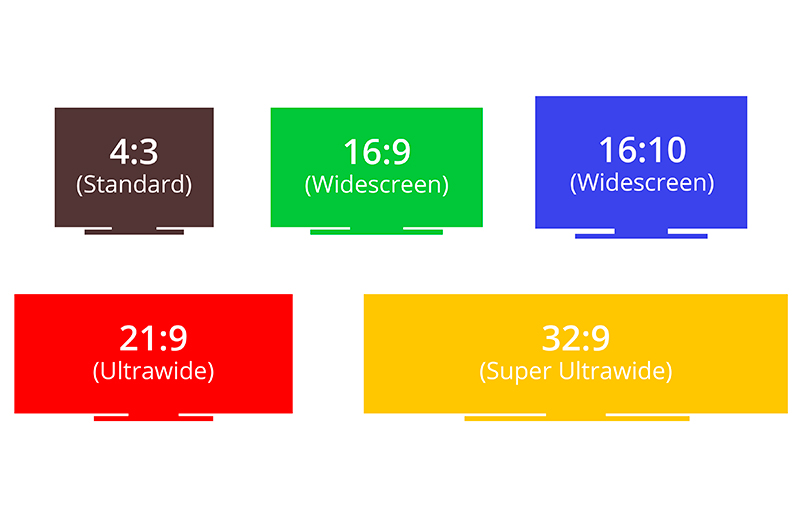
Matrix type
The type of screen matrix can significantly affect the price and perception of the content being viewed.
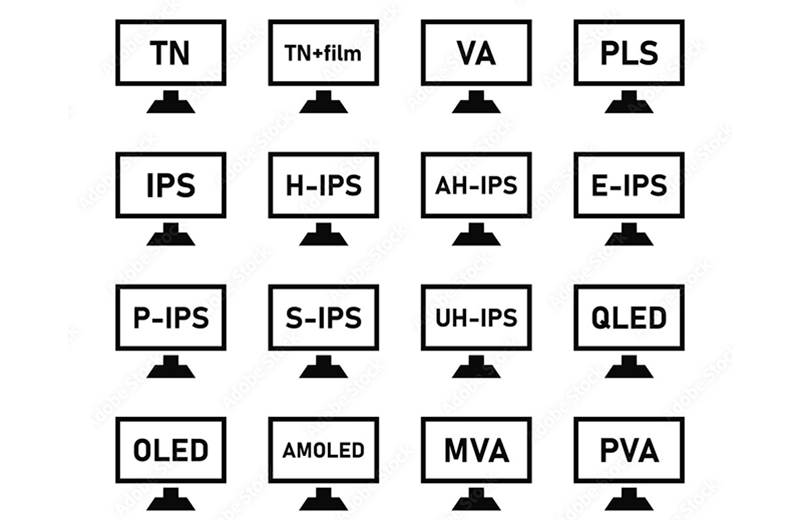
The most popular solutions are LCD, LED, OLED, and QLED TVs. Among LCD matrices, there are usually three types that are more important when buying a monitor or laptop: VA, IPS, and TN.
- An LCD matrix is a cheaper option that does not reproduce black well on the screen. However, much depends on whether it is a VA, IPS, or TN matrix. A VA monitor provides relatively high contrast and black levels, but IPS has a broader viewing angle. TN panels are the weakest option, which is why they are so cheap.
- LED matrix – put, this is an improved version of the LCD matrix. Therefore, you can expect better image quality and a slimmer panel design.
- OLED matrix is currently the most advanced technology. OLED is sure to satisfy even the most demanding users, but its higher price must be taken into account.
- QLED matrix. QLED TVs are a compromise between LED and OLED. They offer the best of both worlds in terms of image quality and price.
Screen refresh rate
This is a critical parameter to pay attention to if you want to buy an excellent TV.
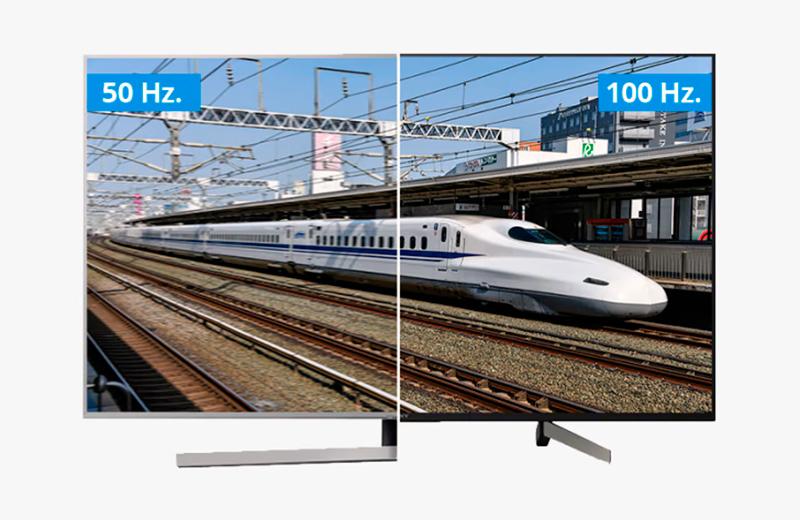
The screen refresh rate also affects how tired your eyes will be after prolonged viewing. This parameter is measured in Hz per second; the higher the refresh rate, the better. Currently, the standard is 60 Hz/s, although it is gradually shifting to 120 Hz/s. This is a more popular choice among users.
A high refresh rate will be especially noticeable when watching dynamic action films, sports reports, and when playing console games.
Screen size
For comfortable entertainment, watching films and series, it is worth choosing a TV screen that suits the size of the room in which it will be installed.
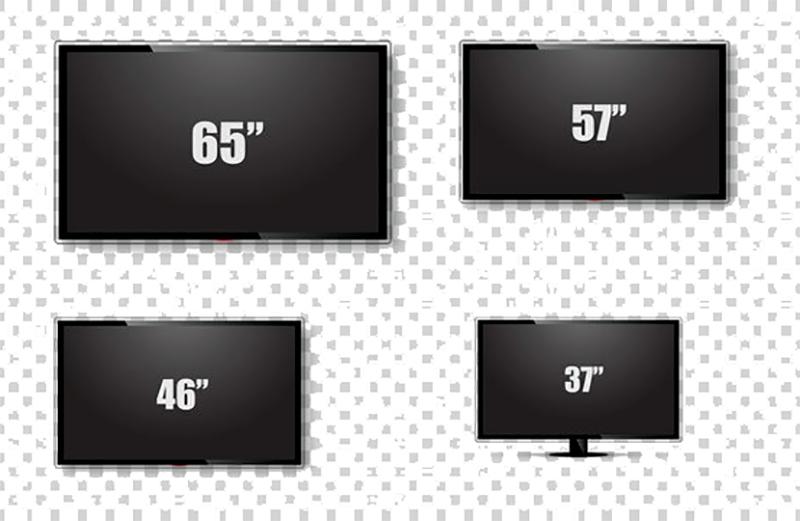
This should be taken into account in the correct proportions. Screens with a diagonal of 55 inches and above are suitable for large and spacious living rooms. Smaller TVs are ideal for smaller rooms; for example, you can choose a model with a diagonal of 42 inches.
How to check screen resolution
Many people wonder how to check the screen resolution of their TV or monitor.
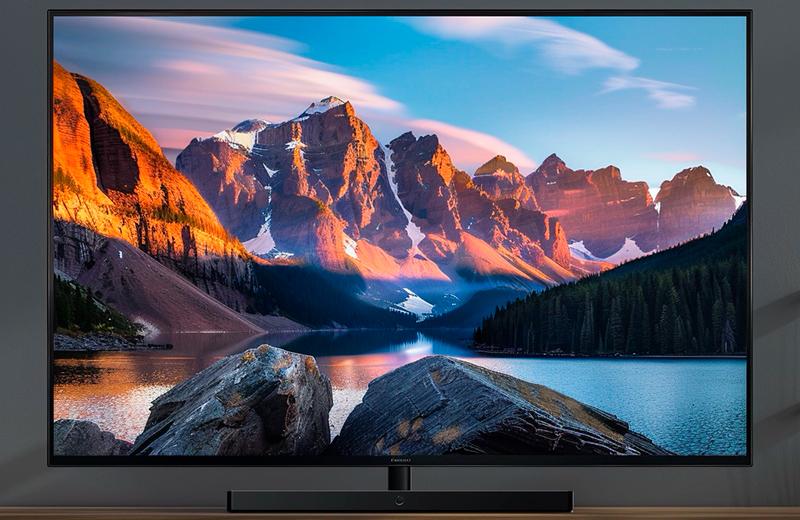
Usually, information about your device's screen resolution can be found on the box it came in. You can also find this information in the user manual and settings panel of the display itself. This way, you won't have any problems finding the data you need to determine your screen resolution.
Conclusion
If you are looking for a screen that perfectly suits your needs, a clearer image with guaranteed detail reproduction will make watching films, TV series, and graphics as comfortable as possible.
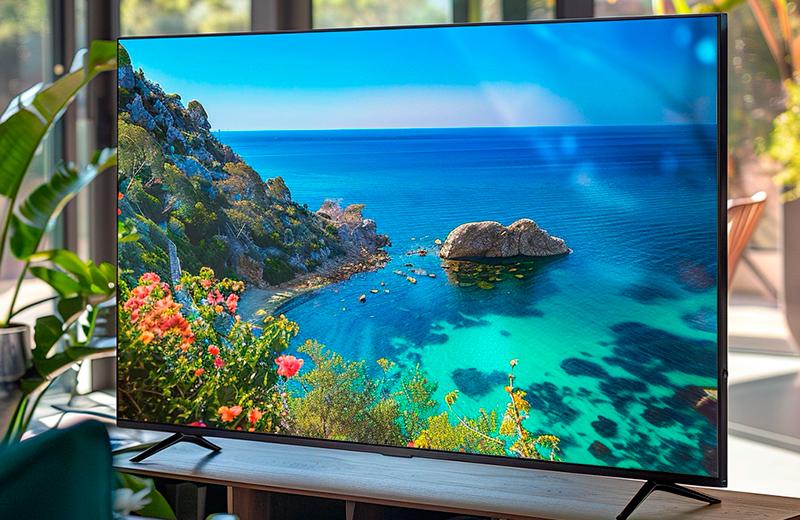
It is always worth choosing the highest resolution available at the time, because technology changes very quickly. After a while, you may find that your desired screen resolution, even 4K, is outdated. And remember that ensuring a comfortable viewing and user experience contributes to your well-being and allows you to relax.
You should never choose low-resolution displays, as they will not provide the right level of entertainment in any aspect.
The above guide will help you decide which TV and monitor resolution to choose to get the most out of your purchase. We recommend that you follow these tips to enjoy your new equipment for many years to come. You will definitely not regret your final decision.
Read my articles
https://stattya.com/what-is-iso-in-a-camera-a-complete-guide-to-perfect-photos-200
https://stattya.com/what-is-hdr-in-tvs-a-complete-guide-to-high-dynamic-range-technology-205
https://stattya.com/tv-calibration-what-it-is-and-how-to-do-it-yourself-235
https://stattya.com/nfc-what-is-it-and-how-do-you-use-it-652

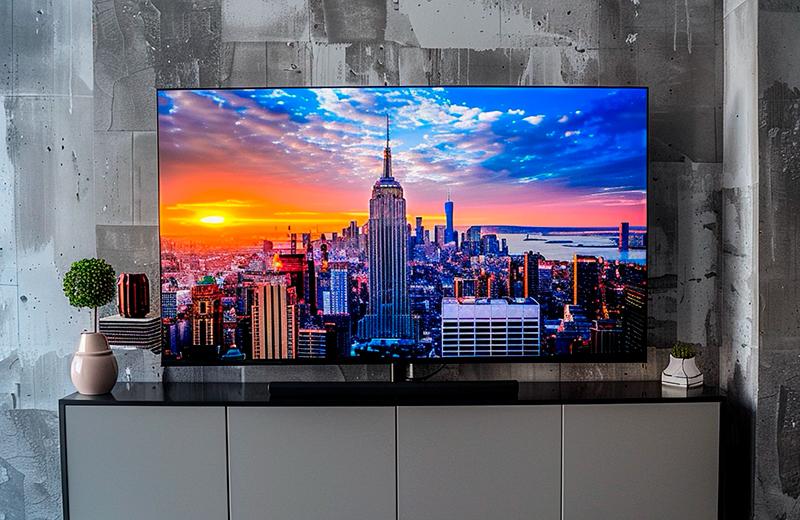
You must be logged in to post a comment.